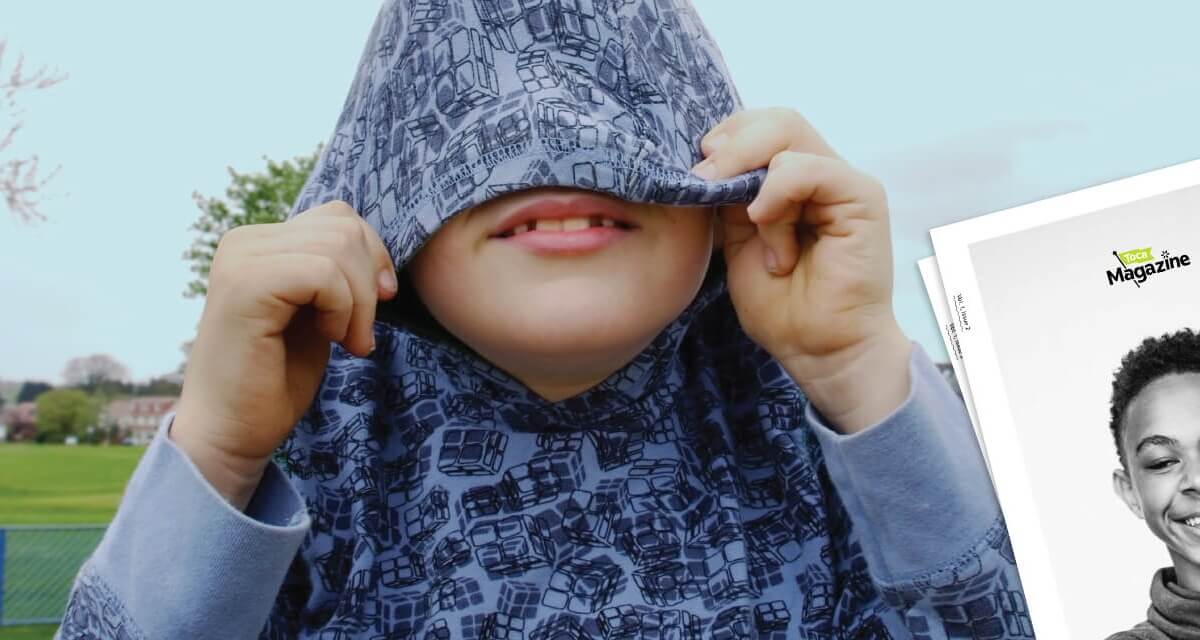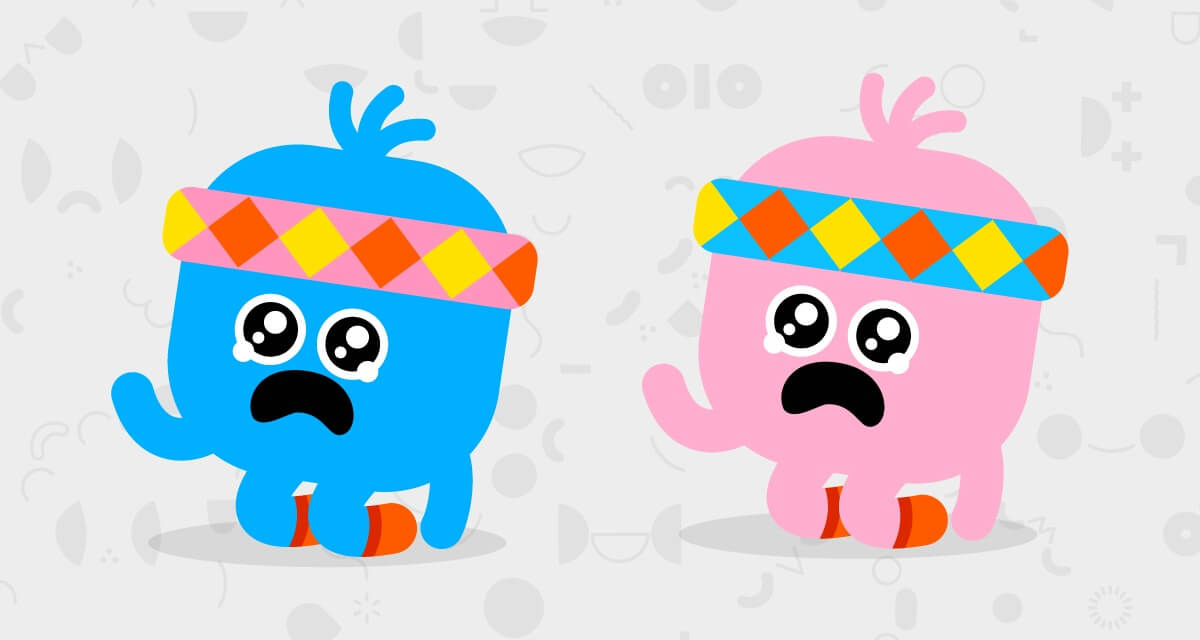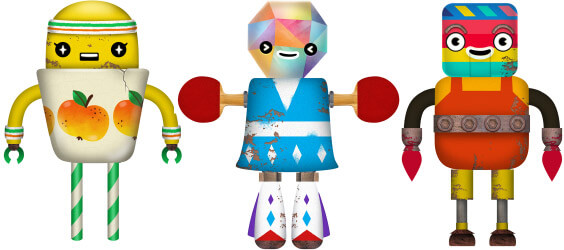Intersecting identities can shape personalities and influence expectations from a young age.
- By
- Parker Barry
Imagine you’re a pedestrian at a busy traffic intersection. Some of the roads are major highways, some are smaller, local streets, but in order to cross safely you must pay attention to all of them.
Now imagine you are a driver on one of those roads. You obviously pay attention to what’s going on around you. You know other roads exist, but they don’t matter much to you because unless they cross your path you remain unaffected by them.
Now let’s go back to your original position, that of a pedestrian trying to navigate the complex flow of traffic going in many different— and often conflicting—directions. Because you are standing at the intersection of all those roads, you know that what happens on one of them can affect—and even hurt—you. For example, if you only look in one direction, you may miss the traffic coming the other way and get hit by it; or a major crash can occur where, due in part to a driver’s blind spots or aloofness, vehicles from two or more avenues collide with devastating consequences.
So, in order to be safe and get to where you want to go, you must pay attention to all of them. Now, you can’t focus on all the roads at the same time. That would paralyze you and probably drive you crazy as well. But to remain unharmed and reach your goal, you must be able to recognize the perils and opportunities each of them brings at particular moments of your journey.
This is how intersectionality works.
“There is no such thing as a single-issue struggle.”
Commonly known as differences that make a difference, intersectionality points to the obvious but often overlooked fact that our identity and social positioning are influenced and curtailed by a multiplicity of intersecting vectors like gender, race, class, ability, religion, country of origin, etc.
The term was coined by legal scholar Kimberlé Crenshaw in 1989 to highlight the multiple discriminations some people— like women of color—face due to their overlapping minority status. Crenshaw successfully argued that without a nuanced understanding of the ways in which these axes intersect and inform one another, public policy and social movements would remain ill-equipped to serve the needs of, and provide equal opportunities for, an increasingly diverse population. As Audre Lorde summarized it, “There is no such thing as a single-issue struggle because we don’t live single-issue lives.”
Since then, the concept has gained popularity, and it is now commonly used to account for the different structural components that shape our understanding and experiences of the world.
Awareness can be helpful for parents and teachers
Intersectionality allows us to find a middle ground between an approach that sees personality, cognitive development and motor skills as traits unique to each individual, and the well-intended myopia of identity politics that sometimes reduces a person to a single characteristic shared with others with whom they have little else in common.
It can be very helpful for parents and educators to be aware of how the unique combination of 1). structural factors and 2). personal attributes that make our personalities affects the distribution of chances and resources available to us.
From the time we are kids, our innate abilities and inclinations overlap with factors like our race, religion, socioeconomic status and even gender identity and expression to mold our personalities, outline expectations about behavior and achievement, and provide differentiated—and often unequal—opportunities.
Kids are not allowed to explore their interests and play with the toys of their choosing equally. Gender, race, (dis)ability and ethnicity, among other factors, impact the horizon of choices available to them, socializing them in ways that pattern their life options and decision-making capabilities.
The consequences can be traced in children and adults alike. Studies have shown that a single factor (like gender or race) does not fully account for entrenched social imbalances like pay inequities or academic achievement. Pay gaps between men and women vary greatly according to race, and when socioeconomic status and gender are taken into account, a much clearer picture of the differences in scholarly outcomes among students starts to appear.
Play can help close the empathy gap
People are not only diverse, but also complex and multilayered. Understanding the multiple grounds of identity is key for a society that values diversity and sees it as a major component of critical thinking and creative problem-solving, and play is an ideal space to do this.
People are not only diverse, but also complex and multilayered.
Through play and daily practices that counter stereotypes and promote a non-reductive view of identity, we can help close the entrenched empathy gap toward marginalized minorities and provide a buffer for the multiple oppressions faced by many children.
Recognizing the different avenues that intersect in our personalities and bodies gives us a more nuanced and productive picture of our society and ourselves. Like with traffic patterns, if we are able to identify and understand them, we can put in place a set of attitudes and regulations that, far from being a burden to our society, will allow it to function better. Sometimes we need to follow the rules, sometimes we need to change them, and sometimes we have to create completely new ones. These transformations will not impede our advancement. On the contrary, they will allow all of us to get where we want to go safely and more effectively.
Juliana Martínez, Ph.D., is an assistant professor of world languages and culture at American University. One of her areas of focus is gender and sexuality, particularly transgender studies. She is a member Toca Boca’s diversity advisory board.




